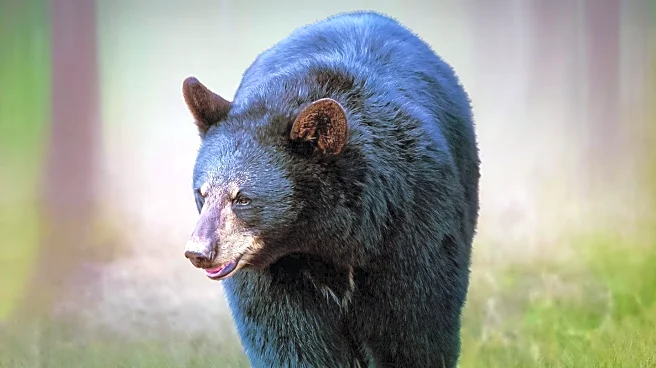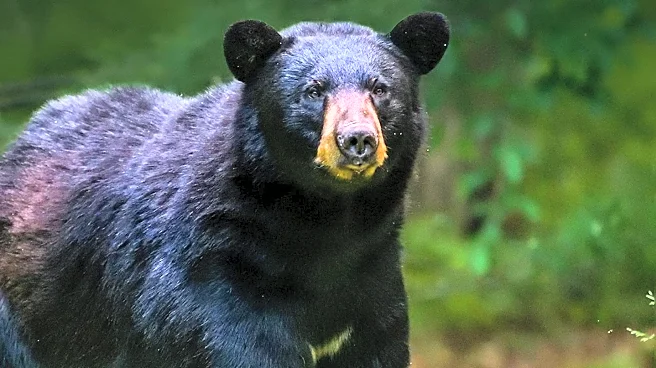What's Happening?
An elderly man, Vernon Patton, was critically injured in a rare bear attack in Franklin County, Arkansas. The incident occurred as Patton was working on his tractor near Mulberry Mountain along State Highway 23. This marks the first bear attack in the state in 25 years, according to the Arkansas Game and Fish Commission (AGFC). Patton suffered severe cuts and puncture wounds to his head and arms. His son witnessed the attack by a yearling male black bear weighing approximately 70 pounds. Patton was initially treated at Washington Regional in Fayetteville and later transferred to the University of Arkansas for Medical Sciences Medical Center in Little Rock. Game wardens responded to the scene and fatally shot the bear. The bear is being tested for rabies and distemper, with results expected by early next week.
Why It's Important?
This incident highlights the rarity of bear attacks in Arkansas, emphasizing the need for awareness and preparedness in rural areas. The attack has prompted wildlife officials to remind residents and hikers to keep dogs leashed and ensure pets are vaccinated. The testing of the bear for rabies and distemper is crucial, as these viruses pose significant health risks to both animals and humans. The event underscores the importance of wildlife management and safety protocols in regions where human-wildlife interactions can occur unexpectedly.
What's Next?
Wildlife officials are awaiting test results to determine if the bear was infected with rabies or distemper. These results will inform further actions and public advisories. The AGFC may consider additional measures to prevent future incidents, such as increased monitoring of bear populations and public education campaigns. Local communities may also engage in discussions about safety practices and wildlife conservation efforts.
Beyond the Headlines
The attack raises questions about the balance between human activities and wildlife habitats. As rural areas expand, encounters with wildlife may become more frequent, necessitating ethical considerations in wildlife management. The incident could lead to discussions on how to coexist with wildlife while ensuring public safety and preserving natural ecosystems.












